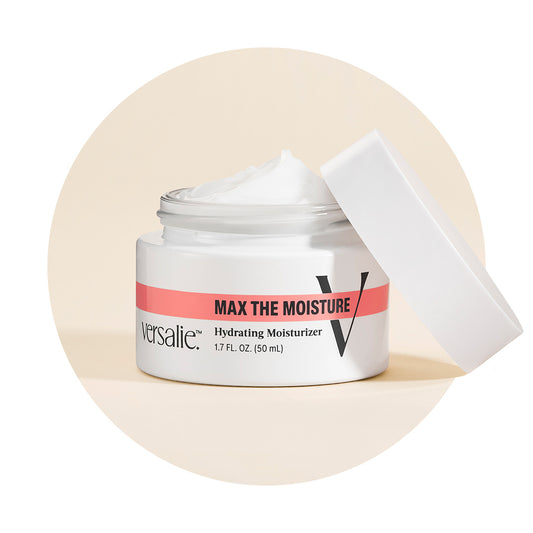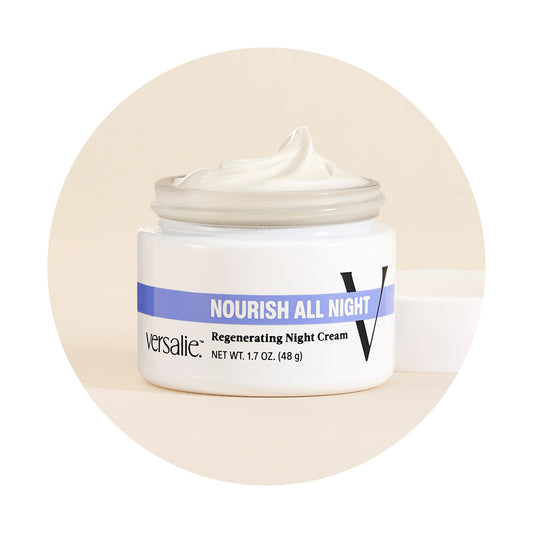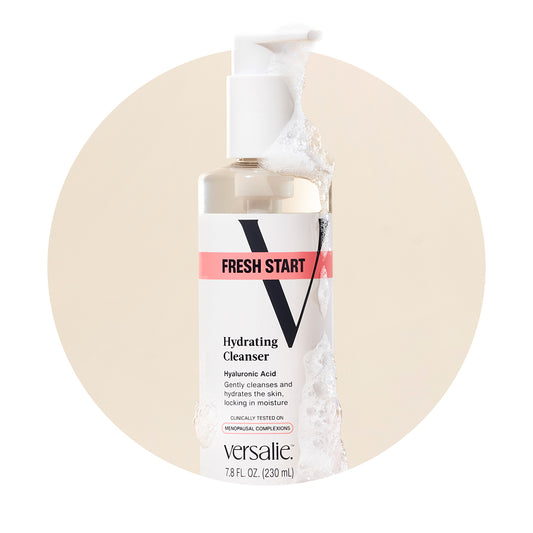Feeling lost in a sea of insurance jargon and acronyms? You're not alone. Health insurance can be a complex maze of confusing terms and fine print, making it hard to understand what you’re actually covered for. But fear not!
We aren’t insurance experts, but we’re here with some information to help you make sense of it all, especially when it comes to PPO (preferred provider organization) plans and HDHPs (high-deductible health plans), two common types of health insurance in the United States. By the end, we hope you’ll have a better understanding of how these plans work and what all those terms really mean.
What does PPO health insurance mean?
A PPO plan means you’re part of a network of doctors, hospitals, and specialists who have agreed to work with your insurance company at a lower rate. When you visit a doctor within your PPO network, you generally pay less for your visit compared to going to a doctor outside the network. This is because your insurance company has negotiated lower rates with in-network providers.
Staying in-network can help you save on healthcare costs, which can be especially important during perimenopause and menopause when you might need more frequent check-ups and treatments.
What about high-deductible health plans (HDHPs)?
High-deductible health plans (HDHPs) are another type of health insurance. A HDHP can be a PPO, meaning it has a high deductible and also offers a PPO network. An HDHP typically comes with a lower monthly premium, which is the amount you pay each month for your insurance. However, it also has a higher deductible, meaning you’ll need to pay more out-of-pocket for medical expenses before your insurance starts covering the costs.
 Many HDHPs are also HSA-eligible, which means you can open a health savings account (HSA). An HSA is a special savings account that allows you to set aside money tax-free to pay for qualified medical expenses. If you choose an HSA-eligible plan, you’ll usually pay a lower monthly premium, but you’ll have a higher deductible.
Many HDHPs are also HSA-eligible, which means you can open a health savings account (HSA). An HSA is a special savings account that allows you to set aside money tax-free to pay for qualified medical expenses. If you choose an HSA-eligible plan, you’ll usually pay a lower monthly premium, but you’ll have a higher deductible.
HDHPs can be a good fit if you don’t frequently visit the doctor or if you have some savings set aside for medical expenses. However, if you have ongoing medical needs or unexpected health issues, you’ll need to be prepared to cover more costs upfront.
Key terms to boost your health insurance understanding
- Allowed amount. The maximum amount your insurance will pay for a covered healthcare service. It’s also known as the eligible expense, payment allowance, or negotiated rate.
- Claim. A request for payment from your insurance company for a healthcare service or to reimburse you for a covered cost.
- Co-insurance. The percentage of the cost you pay for a healthcare service after meeting your deductible. For example, if your co-insurance is 20% and the allowed amount is $100, you’d pay $20, and your insurance covers the rest.
- Co-pay. A fixed amount you pay for a healthcare service when you receive it, such as $15 for a doctor’s visit or prescription. The amount can vary depending on the type of service (general practitioner visit vs. a visit to a specialist).
- Deductible. The amount you have to pay out-of-pocket for healthcare services before your insurance starts covering the costs. It’s like a threshold that you need to hit first. For example, if your deductible is $1,000, your insurance won’t kick in until you’ve spent $1000 on covered services.
- Formulary. A list of medications your insurance plan covers, often divided into tiers with different costs. For example, generic drugs might be in one tier and brand-name drugs in another.
- Out-of-pocket maximum/limit. The most you’ll have to pay in a year for your share of healthcare costs. Once you hit this limit, your insurance will cover 100% of the allowed costs. This limit doesn’t include your premium or services not covered by your plan. Some plans might not count all of your co-pays, deductibles, coinsurance, out-of-network payments, or other costs toward this limit.
- Premium. The amount you or your employer pays for your health insurance, usually on a monthly, quarterly, or annual basis.
- Preauthorization. A requirement by your insurance company to approve a healthcare service, treatment, prescription drug, or medical equipment before you receive it. It’s also known as prior authorization, prior approval, or precertification. Getting preauthorization doesn’t guarantee payment.
 How healthcare providers get paid
How healthcare providers get paid
After your appointment or hospital stay, your doctor’s office sends a bill, called a claim, to your insurance company. The insurance company then processes the claim and pays your doctor based on the contracted rate, which is a pre-negotiated, lower rate for in-network providers. If there’s a remaining balance, you’ll be responsible for paying it.
What happens after a doctor's visit?
Let's say you visit your primary care doctor for a checkup. Here's what happens next:
- Service and billing. Your doctor's office sends a bill to your insurance company using specific medical codes that describe the services you received, such as the doctor’s visit, tests, or procedures.
- Contracted rate applied. If your doctor is in-network, your insurance company applies the pre-negotiated, lower rate for the services. This means you most likely pay less than the full price.
- Deductible applied. If you haven't met your annual deductible yet, you'll need to pay the full cost of the services up to the deductible amount before your insurance starts covering the rest.
- Co-pay or co-insurance. Depending on your insurance plan, you might pay a co-pay at the time of the visit or a portion of the bill (called co-insurance) after the insurance processes the claim.
- Insurance pays. Your insurance company pays their share of the bill directly to your doctor's office, usually the difference between the total cost and what you’ve already paid.
- Explanation of benefits (EOB). Your insurance company may send you an EOB, a detailed statement showing what services were covered, how much your insurance paid, and what you may still owe. The EOB is not a bill, so don’t pay anything until you receive a bill from your healthcare provider.
- Final payment. If there's a remaining balance after your insurance pays, your doctor's office will send you a bill for the remaining amount, which you’ll need to pay to settle your account.
 Why the EOB and final bill might not match
Why the EOB and final bill might not match
The amounts on the EOB and final bill might differ for several reasons:
- Unpaid balance. You might have an outstanding balance from a previous visit that’s included in your current bill.
- Multiple services. Your bill might include charges for more than one visit or service.
- Payments made. You might have made a payment at the time of your visit or later, which could affect the amounts shown.
- Timing. The hospital or clinic might send you a bill before your insurance company has processed the claim, and you may receive an updated bill later.
The bottom line
Healthcare insurance can be complex, but understanding the basics of PPO plans and HDHPs can help you manage your healthcare costs more effectively. Remember, your health plan is a contract between you and your insurance company. If you have questions or concerns, don't be afraid to ask. Your health is too important to leave to confusion.
References
American Academy of Family Physicians. (2004). Understanding your medical bills. Accessed 4/25/25 from https://www.aafp.org/pubs/fpm/issues/2004/0300/p31.html
American Medical Association. CPT® overview and code approval. Accessed 4/25/2025 from https://www.ama-assn.org/practice-management/cpt/cpt-overview-and-code-approval
Health Insurance Marketplace. (2024). What you should know about provider networks. CMS Product No. 11766. Accessed 4/25/25 from https://www.cms.gov/marketplace/outreach-and-education/what-you-should-know-provider-networks.pdf
Healthcare.gov. Glossary of health coverage and medical terms. Accessed 4/25/2025 from https://www.healthcare.gov/sbc-glossary/
Healthcare.gov. Health insurance plan & network types: HMOs, PPOs, and more. Accessed 4/25/2025 from https://www.healthcare.gov/choose-a-plan/plan-types/
Healthcare.gov. What are HSA-eligible plans? Accessed 4/25/2025 from https://www.healthcare.gov/high-deductible-health-plan/
Healthinsurance.org. What is a high-deductible health plan (HDHP)? Accessed 4/25/2025 from https://www.healthinsurance.org/glossary/high-deductible-health-plan/
HealthPartners. What is an explanation of benefits (EOB) vs. a bill? Accessed 4/25/2025 from https://www.healthpartners.com/blog/explanation-of-benefits-vs-bill/
Links to other parties' articles and websites are provided for convenience only. Kenvue is not responsible for their content.







